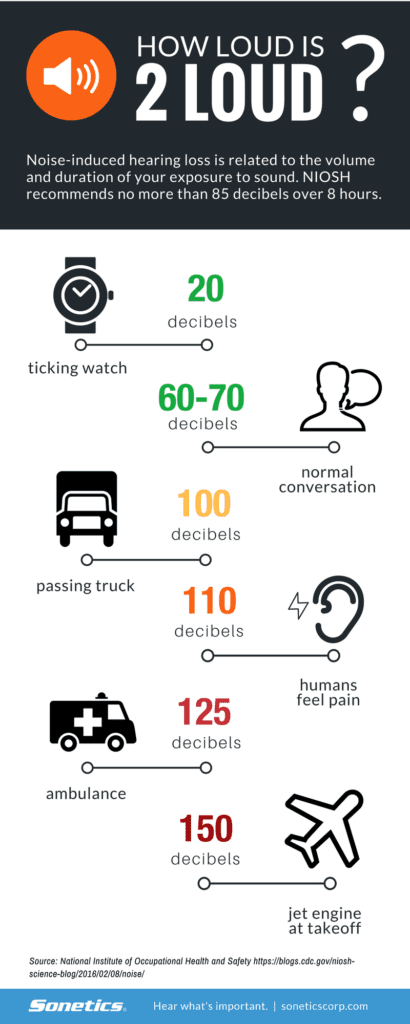Insight
Published and updated
No Valid Objection to Hearing Protection for Occupational Noise Exposure
We recently received a comment through one of our social media channels that surprised me. In reference to the article about occupational noise, “Of Mind, Body and High Noise Exposure,” a commenter wrote: “Just block it out. No problem.”
He’s partially right. You can train yourself to ignore noise. But there is a problem. Just because you can mentally block it out doesn’t prevent physical harm. I cover the reasons why in the article, but the comment illustrates why occupational noise is such a danger.
Common Objections to Hearing Protection
Long-term exposure to occupational noise sneaks up on workers. Because hearing loss can be so gradual, by the time workers notice that their hearing has worsened, it’s too late. Hearing protection is not retroactive. You can prevent future damage, but not what’s already occurred.
The objection of, “I don’t need hearing protection because I’m used to loud noise,” may be the most dangerous. That’s like believing that if the human body is submerged under water long enough the lungs will adapt and be able to breathe liquid. It’s physically impossible for hearing organs to “get used to” noise. It may not cause pain any longer due to previous hearing damage, but loud noise is not like high altitude. Our bodies cannot get used to it.
See if any of these common objections to wearing traditional hearing protection sound familiar:
- “I can’t hear my coworkers, warnings, alarms or equipment.”
- “Hearing protection is too uncomfortable in or over my ears for an entire shift.”
- “Foam earplugs are gross after a few hours, and earmuffs make my ears sweat too much.”
- “Hearing protection doesn’t fit with my other PPE devices like hardhats and safety glasses.”
- “My hearing can’t get worse.”
When matched against the biological damage from occupational noise, none of these objections are valid.
How Loud is Too Loud?
According to OSHA, if exposed to 85 decibels for eight or more hours in a shift, then workers are required to wear hearing protection. Not sure how loud your environment is? Take an informal measurement with a free noise meter app such as Decibel X. As a general rule, any environment where workers three feet apart have to consistently ask each other to repeat instructions calls for hearing protection.

A Solution for Occupational Noise Exposure
Even though their objections to wearing hearing protection against occupational noise don’t hold water, you still want to make workers as comfortable as possible. If you’re going to mandate hearing protection, then view it as an opportunity to improve communication and increase production while strengthening safety.
One way to constructively overcome objections is through team communication systems featuring wireless headsets, active hearing protection and listen-through technology to optimize situational awareness. These solutions include hearing protection as one of many features. They also make it more difficult for workers to refuse wearing them. They can only do so by consciously choosing to remove themselves from team conversations, which would leave them unable to safely or efficiently perform their duties.